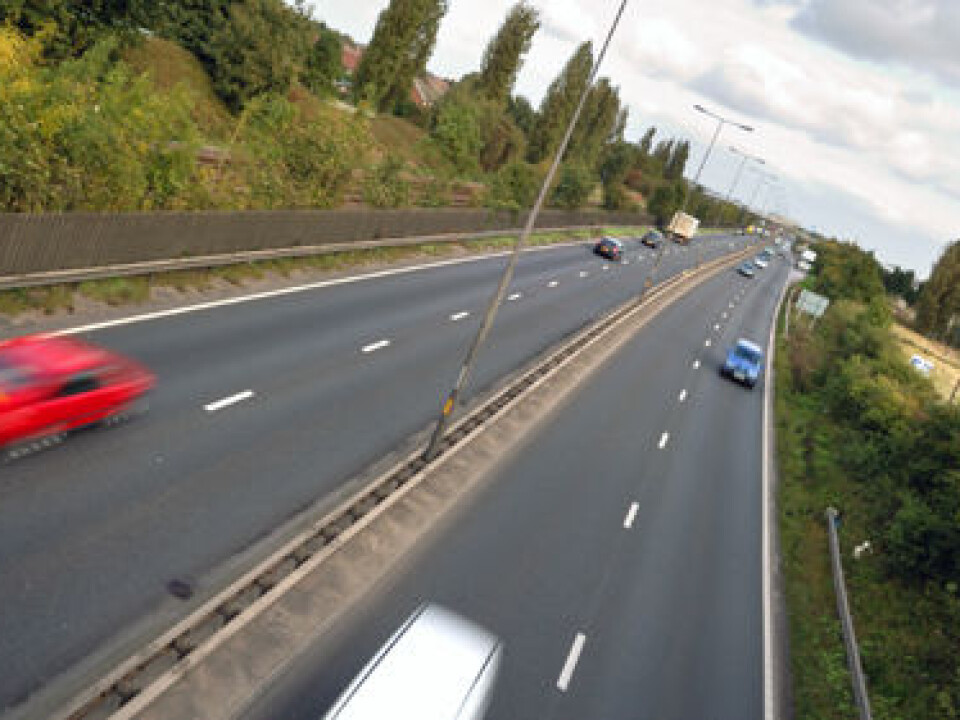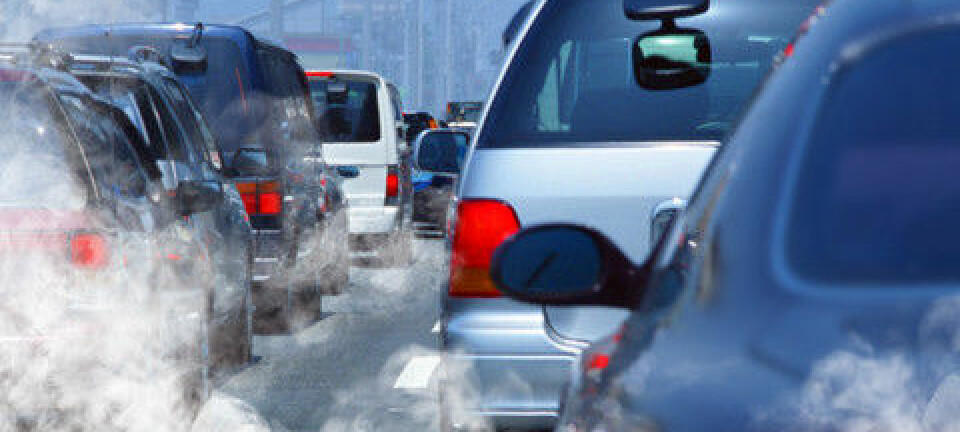
The well-heeled leave biggest carbon footprint
A new study shows that more affluent households have a greenhouse gas effect from travel and transport that is 250 times greater than individuals in the lowest economic classes of society.
Denne artikkelen er over ti år gammel og kan inneholde utdatert informasjon.
A recent study has quantified the greenhouse impact of daily commutes to work and school, job-related journeys and leisure travels. Not surprisingly, different income groups place disparate burdens on the climate.
In an article in the journal Environmental Science & Policy, researchers explain that highly paid individuals travel a lot more and have a much bigger effect on the climate than people with low incomes. Essentially, wealthy individuals drive more often and fly more frequently than those at the bottom of the income scale.
Taking to the skies
The average member of society flies twice a year, while those in the upper echelon fly an average of 6.6 times a year. The wealthiest ten percent of the population is involved in 20 percent of the emissions linked to transport and travels, based on data from Germany.
One of the researchers behind the study is Borgar Aamaas of the Centre for International Climate and Environmental Research, Oslo (CICERO). He says that a study of Norwegians’ travel habits would yield pretty much the same numbers.

“The results come as no surprise. They correspond to other studies,” says Aamaas.
Research from France and Great Britain has also shown disproportionate carbon footprints between high and low income groups.
Increasing with income
The new study shows that all income groups are evenly represented when it comes to walking, bicycling and use of public transport.
But the difference shows up when it comes to driving cars. A doubling of income also doubles the number of kilometres driven on average.
The link between income and number of flights is even more clear-cut. The number of kilometres flown more than doubles when salaries rise 100 percent.
These figures include business trips, and it’s fair to assume that people with the highest incomes fly more in connection with their work than others.
Many contributions
Despite the big difference between amounts of pollution discharged by the top and bottom groups, people in the middle income bracket will also need to contribute to the decrease of emissions, in part because there are so many of them.
People in the average income segment of society generated two-thirds of the total emissions recorded in the German study.
The scientists list some simple measures that can help mitigate the problem. One example would be if everyone limited their shopping trips by car to a single day per week. This could reduce the climate effect by 7.4 percent.
The most radical proposal is to halve the number of vacation trips by car or jet. This would really have an impact in the household climate ledger book, as vacation trips comprise 58 percent of all trips over 100 km.
Cars and jets
Driving cars and travelling by plane are the two biggest culprits when it comes to the greenhouse gas effect from a household's transport needs. The two factors contribute about the same, and add up to more than 90 percent of our estimated climate burden.
“Many are surprised to hear that flying contributes so much,” says Aamaas.
The researchers included all types of climate-related emissions caused by aircraft. In addition to the carbon dioxide streaming out of jet engines, planes emit other climate gases, soot particles and create vapour trails, which add to the formation of clouds.
The study says that while flights represent less than one percent of all travels by members of an average household, they amount to 23 percent of the distance travelled and 46 percent of the amalgamated climate burden.
Transport is a major part of total climate emissions.
Statistics Norway has calculated that ten percent of the country’s total climate emissions stem from road transport. Domestic flights, maritime traffic and fishing account for 7.4 percent. International flights are not included in these figures.
------------------------------
Read the Norwegian version of this article at forskning.no
Translated by: Glenn Ostling


































